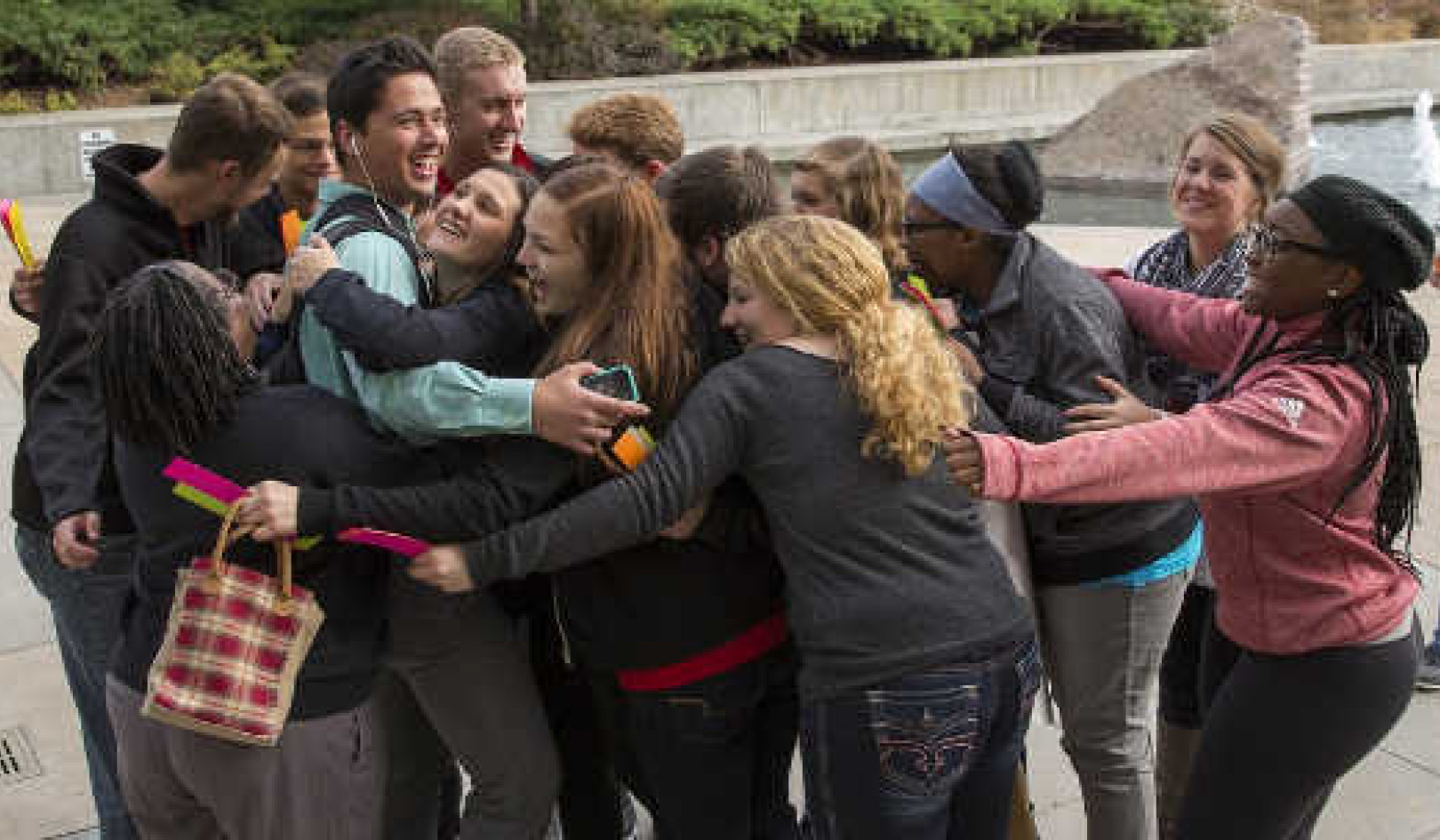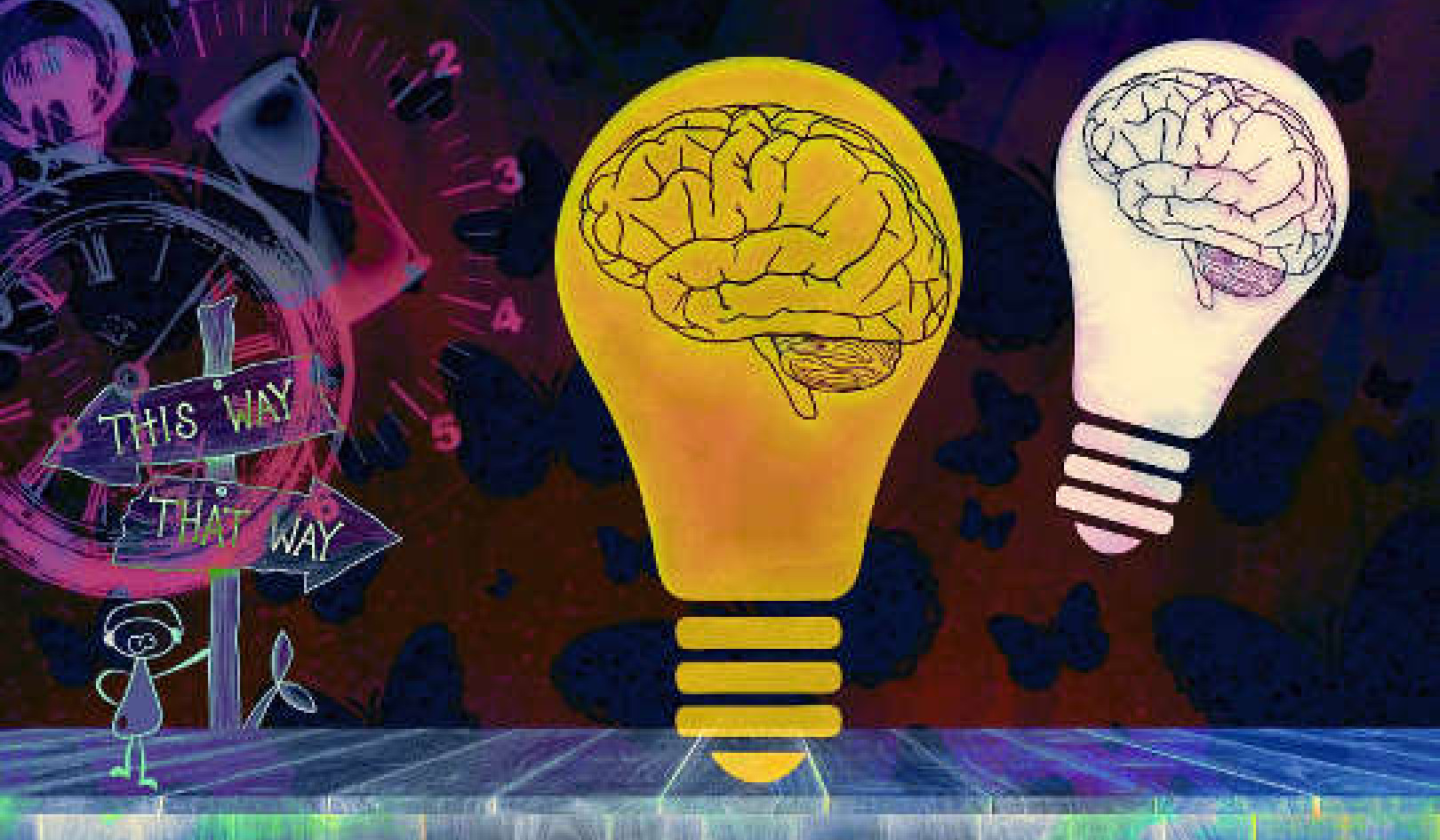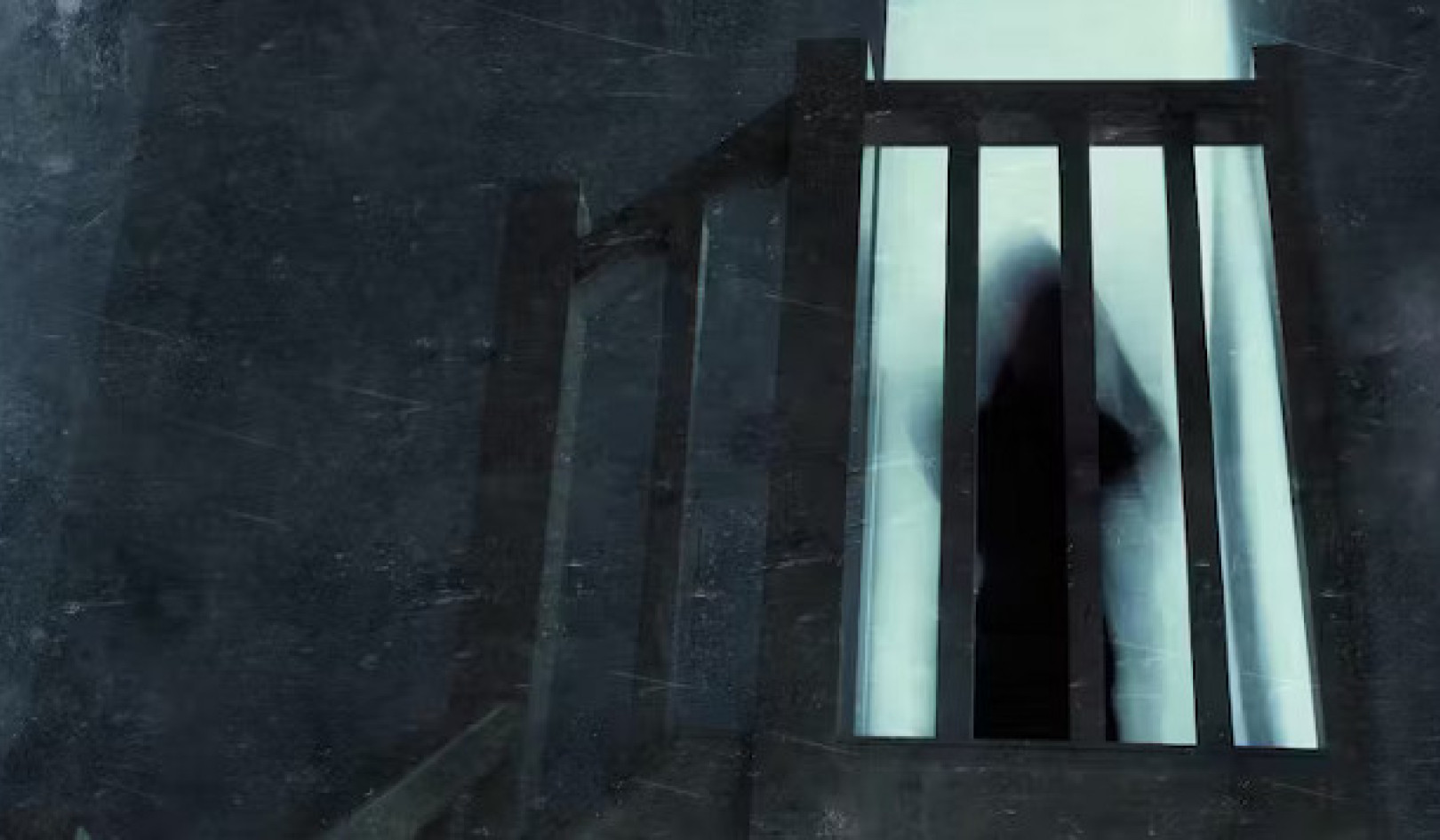Dictionary of Behavioral Terms
A | B | C | D | E | F | G | H | I | J | K | L | M | N | O | P | Q | R | S | T | U | V | W | X | Y | Z |
A
ADLER, ALFRED
(1870-1937) An early associate of Sigmund Freud and founder of the school of individual psychology. Adler rejected Freud's emphasis on sex, and maintained that personality difficulties are rooted in a feeling of inferiority deriving from restrictions on the individuals need for self-assertion.
ARISTOTLE
(384-322 B.C.) a Greek philosopher who studied under Plato and later tutored Alexander the Great. He taught that in the knowledge of something, the inquiry into the purpose or function is primary. In contrast to Plato, reality takes a form but does not embody it. Aristotle holds that, with the exception of God, form has no separate existence from all matter.
B
BEHAVIOR THERAPY/MODIFICATION
aims at modifying behavior by reinforcing acceptable behavior and suppressing undesirable behavior. The therapist employs any of various techniques of reward and punishment including aversion therapy, desensitization, or guided imagery. The learning theory of the psychologist B.F. Skinner and others is the basis for most behavior therapies. In Skinner’s principle of extinction, a behavior pattern that is not reinforced, or rewarded, will be extinguished or rendered inoperative. For example, if smoking is made unpleasant for the smoker, then the smoking habit may be curbed or given up. Behavior therapy is used in private and institutional therapy, in group and individual settings, to treat such disorders as drug addiction, alcoholism, and phobias.
BIOENERGETICS
holds that repressed emotions and desires affect the body and psyche by creating chronic muscular tension and diminished vitality and energy. Through physical exercises, breathing techniques, verbal psychotherapy, or other forms of emotional-release work, the therapist attempts to loosen this character armor and restore natural well-being.
BIOFEEDBACK
technique used especially for stress-related conditions such as asthma, migraines, insomnia and high blood pressure. Biofeedback is a way of monitoring minute metabolic changes in ones body with the aid of sensitive machines.
BIOFIELD
an energy field that suffuses living bodies and extends several inches beyond the body. This concept is employed in therapies such as healing touch, medical qigong, therapeutic touch, and reiki. In these therapies, the biofield from a practitioners hands is joined to the recipients biofield in order to treat an illness or to promote health. There is no consensus on what biofield is; some say it is spiritual energy, others say it is an electromagnetic field.
BODY-MIND CENTERING
a movement-reeducation approach that explores how the body’s systems contribute to movement and self-awareness. The approach also emphasizes movement patterns that develop during infancy and childhood. Incorporates guided movement, exercise, imagery and hands-on work.
BODY-ORIENTED PSYCHOTHERAPY
seeks to enhance the psychotherapeutic process by incorporating a range of massage, bodywork and movement techniques. Acknowledging the mind-body link, practitioners may use light touch, soft or deep-tissue manipulation, breathing techniques, movement, exercise or body awareness techniques to help address emotional issues.
BREATHWORK
general term for a variety of techniques that use patterned breathing to promote physical, mental and/or spiritual well-being. Some techniques use the breath in a calm, peaceful way to induce relaxation or manage pain, while others use stronger breathing to stimulate emotions and emotional release.
C
CLIENT-CENTERED THERAPY
an approach to therapy which emphasizes acceptance of the client and unconditional positive regard.
CLINICAL PSYCHOLOGY
one of the largest subdisciplines of psychology. Clinical psychologists work in hospitals, clinics, and private practice and their main concern is the diagnoses and treatment of learning and emotional problems.
COGNITIVE THERAPY
cognitive psychology applies to the study of thinking, concept formation, and problem solving. This therapy emphasizes changing how the client thinks.
CONDITIONING
a basic form of learning in which an original natural stimulus, when paired with another stimulus capable of eliciting a reflexive response, comes to elicit that response through association.
D
DENIAL
an unconscious defense mechanism characterized by refusal to acknowledge painful realities, thoughts, and feelings.
DEPRESSION
affective disorder characterized by extreme sadness and guilt, immobility due to lethargy or apathy, and inability to enjoy normal living and activities.
DETERMINISM
philosophical assumption that all behavior and observable events have causes.
DREAM THERAPY
mental activity associated with the rapid-eye-movement period of sleep. Generally consists of visual images and may reflect bodily disturbances or external stimuli. In primitive and ancient cultures, dreams played an extensive role in myth and religion. Freud emphasized dreams as keys to the makeup of the individual and distinguished between the experienced content of a dream and the actual meaning of the dream. Jung held that dreams are not limited to the personal unconscious but may also be shaped by archetypes that originate in the collective unconscious of the human species.
DRUG THERAPY
various drugs are used to alleviate symptoms of some mental illnesses. Lithium is used in alleviating symptoms of manic depression. Tranquilizers are used to reduce anxiety. All drugs have side effects, such as Ritalin, which is prescribed for hyperactive children, and can retard physical growth.
DUALISM
in philosophy and theology, system that explains all phenomena in terms of two distinct and irreducible principles, e.g., ideas and matter (as in Plato, Aristotle, and modern metaphysics) or mind and matter (as in psychology). In theology the term refers to a concept of opposing principles, e.g., good and evil.
E
EXPRESSIVE THERAPIES
use the arts to promote physical & mental health and personal growth. Examples of expressive therapies include art therapy, dance therapy, drama therapy, music therapy, poetry, and psychodrama.
F
FAMILY THERAPY
attempts to identify and correct disruptive and unhealthy patterns that set demands and expectations of some family members have for others.
FENG SHUI
an ancient Chinese practice of configuring home or work environments to promote health, happiness, prosperity. Feng shui consultants may advise clients to make adjustments in their surroundings, from color selection to furniture placement, to promote a healthy flow of chi, or vital energy.
FLOWER ESSENCES
are intended to alleviate negative emotional states that may contribute to illness or hinder personal growth. Drops of a solution infused with the captured essence of a flower are placed under the tongue or in a beverage. The appropriate essences are chosen, focusing on the clients emotional state rather than on a particular physical condition.
FREUD, SIGMUND (1856-1939),
was one of the first to suggest workable cures for mental disorders. Although Freud’s theories were at first disputed, his work became the foundation for treating psychiatric disorders by psychoanalysis. In recent times his theories have once again been challenged.
FROMM, ERICH (1900-1980).
American psychoanalyst who held that the individual is a product of society and that in industrial society, human beings have become estranged from themselves.
G
GESTALT THERAPY
In Gestalt therapy, the analyst encourages clients to release their emotions and to recognize these emotions for what they are. Emphasizes the individuals movement towards wholeness. It tends to be somewhat confrontational and directly challenge the clients defenses against coming to grips with their problems. This therapy holds that a person’s inability to successfully integrate the parts of his or her personality into a healthy whole may lie at the root of psychological disturbance.
H
HIPPOCRATES (460B.C.-370 B.C.)
recognized as the father of medicine, he based medicine on objective observation and deductive reasoning. Although he accepted the belief that disease results from an imbalance of the body, he maintained that outside forces influenced the disturbance. He taught that medicine should build the patient’s strength through diet and hygiene, resorting to more drastic treatment only when necessary. The Hippocratic Oath, an ethical code formulated in ancient Greece and still administered to medical graduates in many universities, cannot be directly credited to him.
HORNEY, KAREN
(1885-1952) founded the American Institute of Psychoanalysis in 1941. Deviating from orthodox Freudian analysis, she emphasized environmental and cultural, rather than biological, factors in neurosis.
HUMANISTIC PSYCHOTHERAPY
based on the belief that each individual strives for wholeness and health. Intended to help remove the emotional barriers to good mental health. For example, in client-centered therapy, the therapist selectively repeats what the client says to make the client aware of the thoughts and emotions that are blocking mental health. In this approach, the therapist shows unconditional, positive regard for the patient.
HYPNOSIS
although the condition resembles normal sleep, scientists have found that the brain wave patterns of hypnotized subjects are much closer to the patterns of deep relaxation. Hypnosis is now generally viewed as a form of attentive, receptive, highly focused concentration in which external events are omitted or disregarded. Widely used by surgeons, dentists, and psychotherapists to relieve anxiety or as an anesthetic. Used to relax a patient, reduce resistance to therapy, facilitate memory, to address stopping smoking, eating less, or fighting fears.
I
J
JIN SHIN DO
developed by a psychotherapist, it combines acupressure, Taoist yogic breathing and Reichian segmental theory (addresses how emotional tension affects the physical body) with the goal of releasing physical & emotional tension and armoring. Aims to promote a state in which the patient can address the emotional factors that underlie various physical conditions.
JUNG, CARL (1875-1961).
Early follower of Sigmund Freud, Jung came to disagree with Freud and established the discipline of analytical psychology. He classified personality into introverts and extroverts and developed a theory of the unconscious mind that included both the personal and the collective. Along with Freud, Jung has perhaps had the most effect on modern psychology.
K
L
LIGHT BOX
a set of bright, full-spectrum light bulbs inside a box with a reflective background and diffusing screen; produces light that’s 10 to 20 times stronger than ordinary indoor light. Used to treat winter depression, or SAD (seasonal affective disorder). Treatment typically involves spending 15 minutes to 3 hours in front of a light box every day in the fall, winter, and early spring. Research suggests that bright lights help regulate the body’s internal clock, which controls hormone secretion and sleep patterns.
M
MAGNETIC THERAPY
magnetic field therapy or bio-magnetic therapy involves the use of magnets, magnetic devices or magnetic fields to treat a variety of physical and emotional conditions, including circulatory problems, certain forms of arthritis, chronic pain, sleep disorders, and stress.
MEDICINE, HOLISTIC or WHOLISTIC
Wholistic medicine is a broadly descriptive term for a healing philosophy that views a patient as a whole person, not as just a disease or a collection of symptoms. In the course of treatment, wholistic medical practitioners may address emotional and spiritual dimensions as well as the nutritional, environmental and lifestyle factors that may contribute to an illness. Many wholistic practitioners combine conventional forms of treatment with natural or alternative treatments.
MEDITATION
Discipline in which the mind is focused on a single point of reference. Employed since ancient times in various forms by all religions, the practice gained greater notice in the postwar U.S. as interest in Zen Buddhism rose. Meditation is now used by many nonreligious adherents as a method of stress reduction; known to lower levels of cortisol, a hormone released in response to stress. Enhances recuperation and improves the body’s resistance to disease.
N
O
P
PET THERAPY
a therapeutic approach based on the idea that expressing affection for a pet helps people feel happier, maintain a positive outlook, and therefore improve their health. According to several studies, having a pet can reduce stress, lower blood pressure, and ward off loneliness and depression. Many nursing homes and some prisons have developed pet therapy programs, with excellent results.
PLATO
(427-347 B.C.) a pupil and friend of Socrates. Plato founded (c.387 B.C.) The Academy near Athens, where he taught until his death. His most famous pupil was Aristotle. Plato’s dialogues show the relationship between the soul, the state and the cosmos, in the study of law, mathematics, philosophic problems, and natural science. He regarded the rational soul as immortal, and he believed in a world soul and a creator of the physical world. He argued for the independent reality of ideas as the only guarantee of ethical standards and of objective scientific knowledge. He taught that only he who understands the harmony of all parts of the universe is capable of ruling the just state. He touched upon virtually every problem that has occupied subsequent philosophers and his teachings have been among the most influential in Western civilization.
PRANA
the yogic concept of a cosmic energy or life force, similar to the Chinese idea of chi, that enters the body with the breath. Prana is thought to flow through the body, bringing health and vitality. It is considered the vital link between the spiritual self and the material self.
PROJECTION
attribution of ones attitudes, feelings, or desires to someone or something as an unconscious defense against anxiety or guilt.
PSYCHIATRY
a medical specialty focusing on the diagnosis and treatment of disorder behavior. Psychiatry is the medical specialty that is concerned with the diagnosis, treatment, and prevention of mental disorders. Psychiatrists are doctors who have completed a residency in psychiatry. They diagnose mental illness through clinical interviews and psychological tests and by examining the patients history and studying the causes of mental illness and the different treatment procedures.
PSYCHOANALYSIS
an approach to therapy, human nature, and personality theory introduced by Sigmund Freud. Psychoanalysis emphasizes the role of unconscious motivation in conscious behavior. By being aware of the patient’s verbal and nonverbal communications, psychoanalysts can offer interpretations.
PSYCHODRAMA
patients play different roles in a brief drama. For example, a person having difficulty finding a job might imagine a job interview and alternately play the roles of employer and prospective employee. By playing both roles the client develops skills in dealing with job interviews.
PSYCHOLOGY
the study of the way people think and behave. The field of psychology has a number of subdisciplines devoted to the study of different levels and contexts of human thought and behavior. Social psychology, for example, deals with human thought and action in a social context, while physiological psychology is concerned with thought and behavior at the level of neurology. Comparative psychology compares the thoughts and behavior of humans with that of other species. Abnormal psychology studies atypical thought and action.
PSYCHOTHERAPY
use of psychological methods to treat abnormal or disordered behavior.
R
RANK, OTTO, (1884-1937)
one of Sigmund Freud’s first and most valued pupils. Rank analyzed the underlying significance of myths. He later diverged from Freud and emphasized the birth trauma as the central cause of neurosis.
RATIONALIZATION
False, fallacious, evasive reasoning, in order to avoid unpleasantness and unresolved conflicts.
REBIRTHING
also known as conscious-connected breathing or vivation. A technique in which the therapist guides clients through breathing exercises to help them re-experience past memories - including birth - and let go of emotional tensions stored in the body.
REGRESSION
psychological defense mechanism, viewed as a return to an earlier mode of behavior, thought, or feeling. The unconscious process that helps the mind resolve conflicts or lessen anxiety by returning to forms of gratification previously abandoned.
ROGERS, CARL
in Rogers’ view, people have a basic need to realize their abilities and attain psychological health and well-being. His concept of client-centered therapy holds that the role of the counselor is not to resolve client’s conflicts, but rather to help them become the best they can be. A Rogerian counselor might help clients explore and discover the reasons for occupational choices or emotional problems. The discovery would be the client’s not the counselor’s.
RUBENFELD SYNERGY METHOD
gentle touch, movement, verbal exchange, and imagination used to access memories and emotions locked in the body. Integrates elements of the Alexander Technique, Feldenkrais Method, Gestalt and Hypnotherapy. Combines bodywork and psychotherapy. May be used for physical or emotional problems or for personal growth.
S
SELF-ACTUALIZATION
Fully realizing one’s individual human potential.
SELF-AWARENESS
Self-conscious state of focusing attention on oneself.
SHOCK THERAPY
extreme procedure used primarily as a last resort when no other methods seem to work. The brain can be likened to an extraordinarily complex electrical circuit board; the shock presumably helps to break up the unhealthy brain circuits that cause mental distress.
SKINNER, B.F.
strong supporter of behaviorism. Advocated the use of controlled, scientific methods in studying human behavior through a person’s response to the environment. His work has influenced modern guidance and counseling. In Skinner’s view, all behavior is controlled by reinforcements - if one is offered a positive stimulus, he will respond in a positive way. From this standpoint, emotional problems are determined by the pattern of reinforcements a young person experiences while growing up. A counselor working in this tradition would explore with the client the reinforcements provided by the client’s problematic ways of confronting issues in life.
SOCRATES
(469-399 B.C.) Socrates left no writings, and most of our knowledge of him and his teachings comes from the dialogues of his most famous pupil. He spent his time discussing virtue, justice, and piety, seeking wisdom about right conduct so that he might guide the moral and intellectual improvement of Athens. Using a method now known as the Socratic dialogue, or dialectic, he drew forth knowledge from his students by asking questions and examining the implications of their answers. He equated virtue with knowledge of one’s true self, holding that no one knowingly does wrong. He looked upon the soul as the seat of both waking consciousness and moral character, and held the universe to be purposively mind-ordered.
SULLIVAN, HARRY STACK, (1892-1949)
believed that psychoanalysis needs to be supplemented by studying the impact of cultural forces on personality. Contributed to the understanding schizophrenia and obsessional states.
T
THERAPY
treatment and care of someone to combat disease, injury, or mental disorder.
TYPE A PERSONALITY
characterized by impatience, concern with time, punctuality, anger, perfectionism.
TYPE B PERSONALITY
personality profile that is relaxed, unhurried, and cooperative.
V
W
WATSON, J. B.
(1878-1958) originated behaviorism, where behavior is described in terms of physiological responses to stimuli; rejects concept of conscious or unconscious mental activity.
Y
Z
Any omission from this list is accidental, not intentional. The appearance of a religion or form of therapy in this list is provided for information and is not meant as an endorsement of any kind.
About The Author
This "dictionary" was compiled by InnerSelf Magazine staff, from various sources: books, directories, glossaries, etc.

























